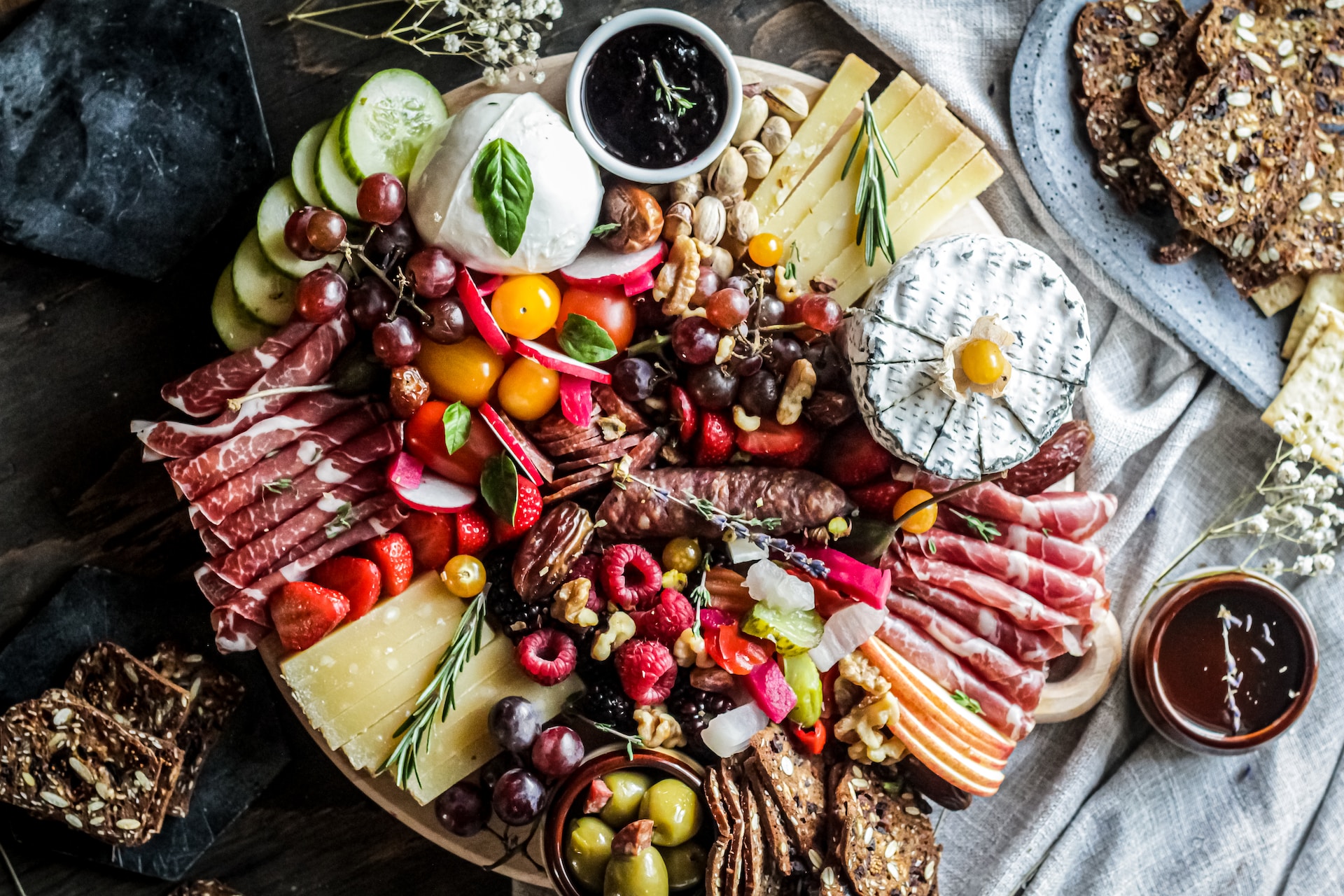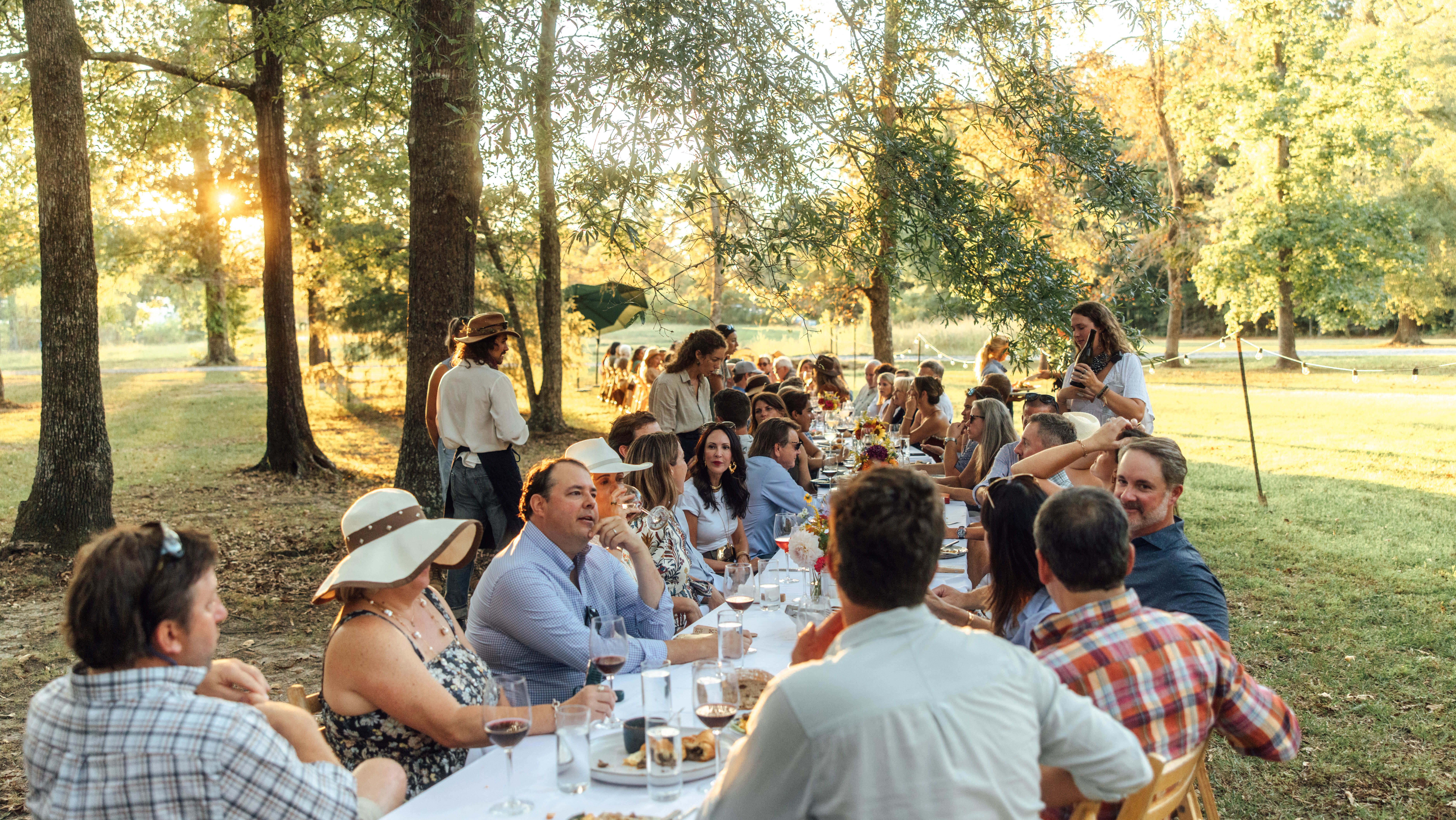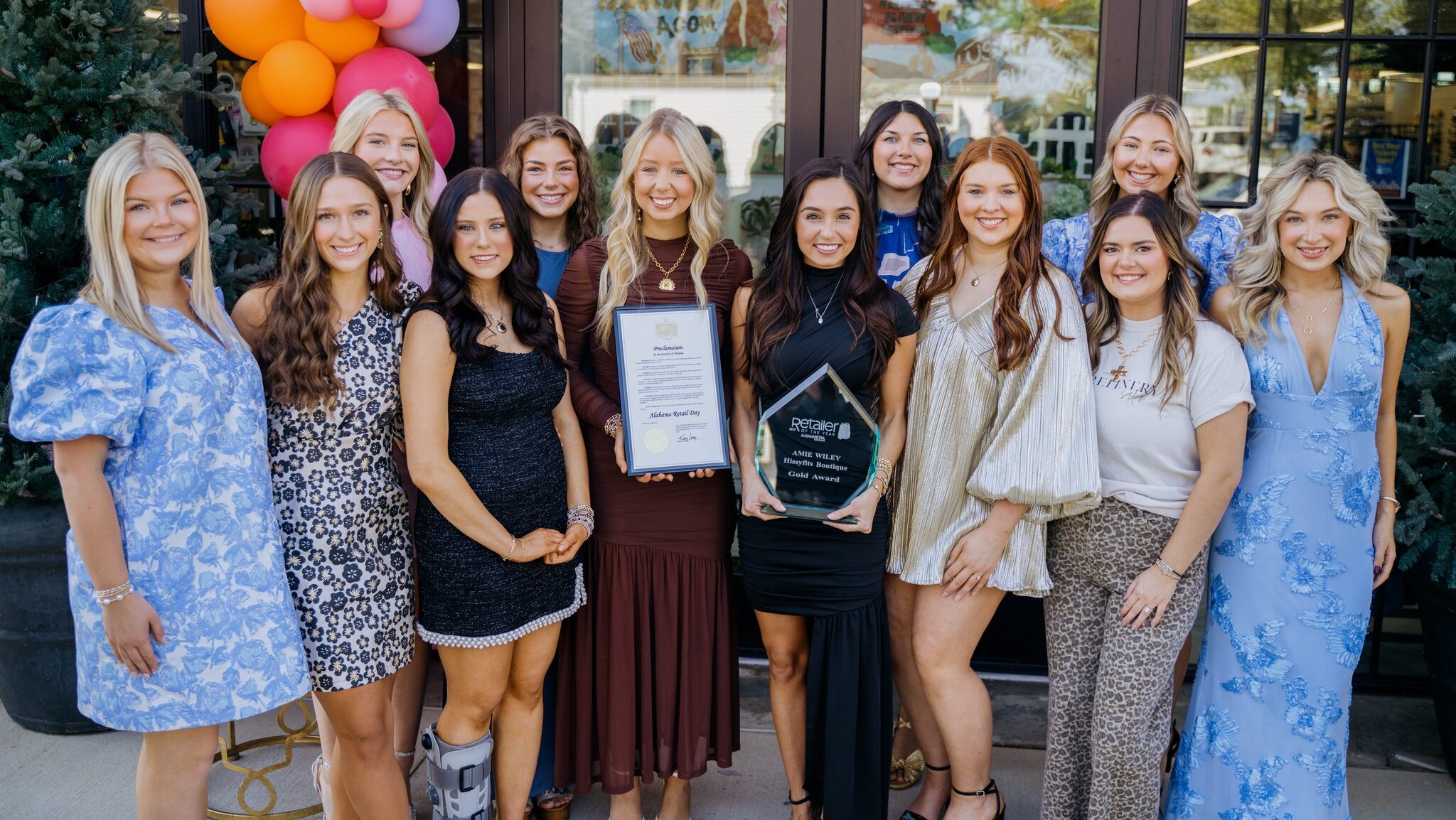Colorful and intricately designed boards filled with thinly cut meats, cheese chunks, bread, nuts, olives, fruits, preserves, and other accompaniments are now common on restaurant and market menus. Morsels of the best delights a chef can source or create, these boards are parties on a platter, culinary creations for sharing with family and friends. A well-designed board is as visually appealing as it is delicious. But sometimes, choosing what to put on it can be a bit overwhelming. Guessing might suffice for the cheese – choose one each made with milk from a cow, goat, and sheep.
But the meat side is a bit more mystical and the names used to describe them can be disorienting. Not all salumi is salami, and treats like pate are charcuterie but not salumi. Heck, French chefs and other purists might even sniff contemptuously at what we commonly call a charcuterie board. To them, charcuterie only refers to meat. They save the cheese to end their meal. If you desire to distinguish soppressata from speck—even salumi from salami—here’s a cure. Call it charcuterie 101. If nothing else, it might help you win a bar bet or two.
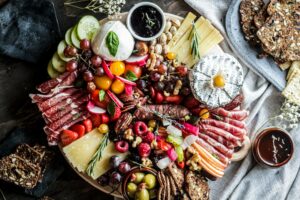
(Unsplash/Anto Meneghini)
Over time, western European cooks and chefs perfected the art of using up and preserving byproducts from butchering pork (and sometimes beef). They would cure the meat with salt and hang it for months to age in controlled conditions. Charcuterie technically refers to cured salamis, sausages, cuts like hams, and cooked preparations like livery pates. In Italy, the salumi family only includes cured hams and salamis. Salamis, densely packed with highly seasoned ground meat and flecked with fat, are instantly recognizable. As salamis age, their flavors concentrate, and density increases.
Local ingredients and tastes led salami-makers in different areas to develop distinct styles. Genoa salami blends garlic, white wine, and peppercorns with veal and pork. Calabrese combines shoulder, belly, and head meat with local paprika, garlic, and red wine. The meat in soppressata is coarsely ground. Long-dried Spanish-style chorizo is red-hued and dense. The emulsified meat in mortadella from Bologna is studded with pistachios and large pieces of fat.
Another branch of the charcuterie family includes cured tenderloins, shoulders, legs, and other whole muscles. Hams that are salted and air-dried for up to 24 months include prosciutto and speck from Italy and Spanish jamon. Prosciutto de Parma and Jamon Iberico or Jamon Seranno are the cured ham equivalent of cru wines. You’ll know a restaurant or market is serious when it shaves Italian prosciutto or Spanish Iberico straight from the leg into slices so thin, you can see through them.
Speck is cured hams that also are smoked. You’ll sometime see boards with the Southern equivalent, premium cured country-style hams like Benton’s from Tennessee. Pork shoulder and neck meat transforms into coppa or capicola. Pork tenderloin becomes Lonza. Bresaola is made from beef tenderloin.
In addition to pate, cooked charcuterie includes coarsely-ground meat terrines, and rillettes, slowly-cooked shreds of meats that are stored under a layer of fat. Of course, there’s always a category for “other.” This one includes lardo (herbed fatback preserved in salt), and the funky spreadable preserved pork called Nduja.
Getting hungry? Try one of these six Alabama restaurants.
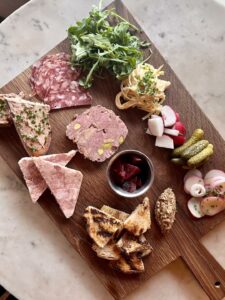
(Chez Fonfon/Facebook)
Chez Fonfon
Birmingham
Starter plates at this French-style bistro include country pate enriched with foie gras and pistachios, and chicken liver mousse. The charcuterie platter includes pate, rillettes, cured meats, and a variety of house-made accompaniments like pickled vegetables.
Vintage Year
Montgomery
You’ll find cheese boards and meat boards at Vintage Year. A recent menu item, the Southern Makers Board, riffs on the theme with cured ham from North Carolina, specialty cheese from Tennessee, rillettes made from chestnut mushrooms, curry-seasoned pickled cauliflower, sorghum pecans, and focaccia.
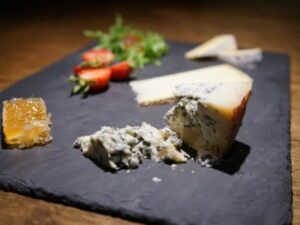
(Vintage Year/Facebook)
Red or White
Various Locations
Its locations in Mobile, Fairhope, Orange Beach, and Birmingham offer meat-and-cheese boards for two. Worth noting are the cheese boards geared toward paring with white or red wine, and unusual combinations like roasted veggie boards.
Domaine South
Huntsville
Choices for its BYO board include more than a dozen cheeses; meats like Tuscan finocchiona and other salami, rillettes, terrine, bresaola, smoked duck breast, and chorizo; and house-made accompaniments including jams, nuts, breads, olives, fruit, and dried cherries. A recent vegan board included meat-free “salami.”
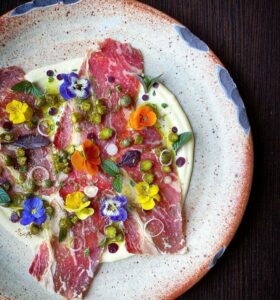
(Acre/Facebook)
Acre
Auburn
Choices include the Butcher’s Board with select meats and accompaniments, the Cheese Board, and the combo Solid Oak Sampler. BYO board choices feature andouille summer sausage and charcuterie like salami, ham, and rillettes.
The Hope Farm
Fairhope
The menu’s Cured + Aged section includes the Meat Board, Cheese Board (with honeycomb), or the combined Farm Board. Accompaniments include house-made bread, pickles, and preserves.
[/fusion_text][/fusion_builder_column][/fusion_builder_row][/fusion_builder_container]
